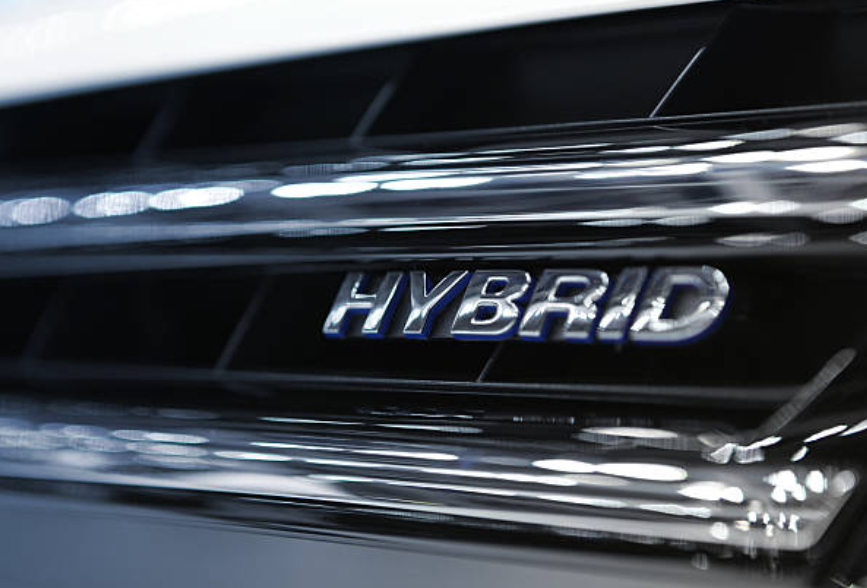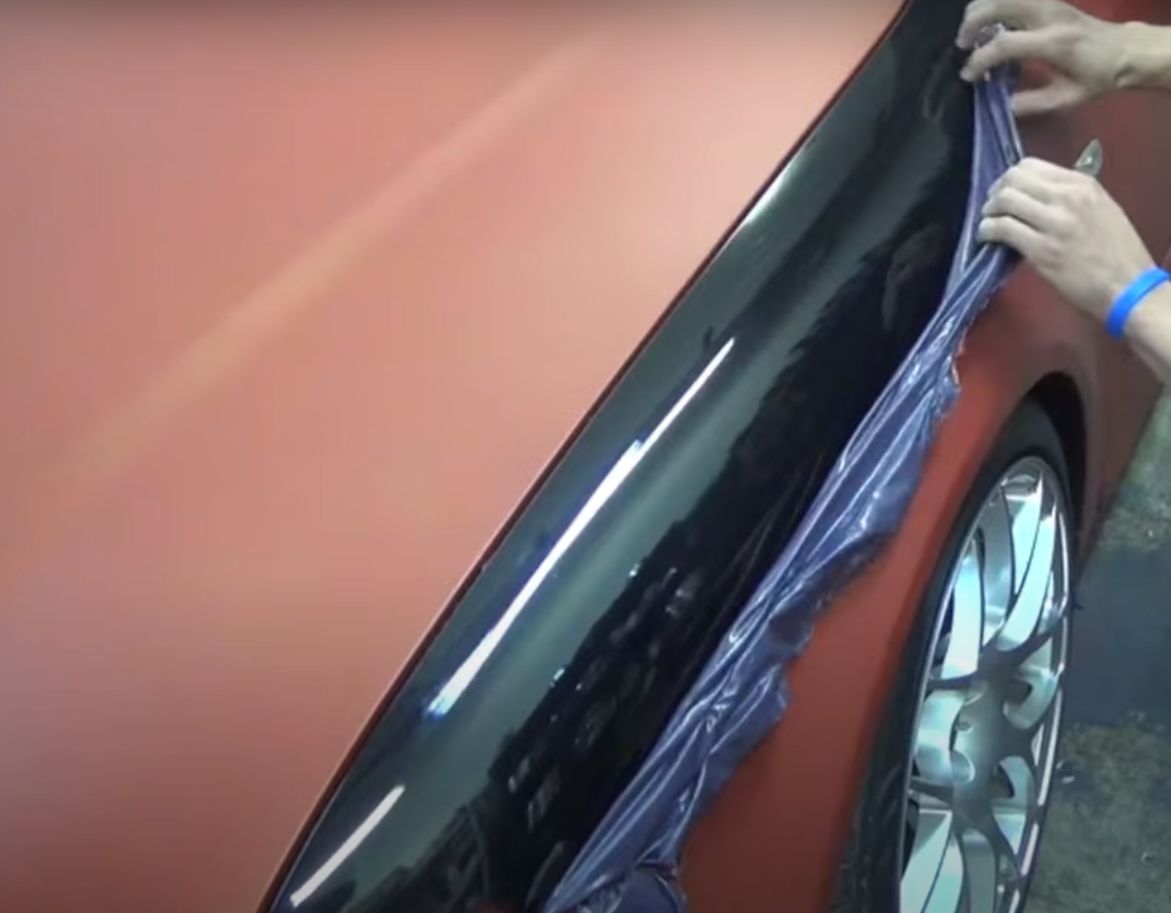What Is ABS In Cars And How Does It Work?
All new cars are equipped with ABS, a safety feature that causes the brakes to instantly disengage and re-engage quickly in the event that the system senses that the wheels are sliding. This plays a role in the car's traction recovery, providing the driver with more control and improved movement to keep the vehicle out of danger.
ABS ensures the tires keep traction with the road surface even in slick situations like rain, ice, or gravel by pulsing the brakes quickly. This is a crucial safety element for emergency braking circumstances since it not only shortens stopping distances but also lessens the chance of sliding and losing control.Keep reading our blog post to delve deeper into how ABS works and why it's crucial for safe driving on today's roads.

What Is An ABS (Anti-Lock Braking System)?
ABS, or anti-lock braking system, was first used in aircraft in the 1920s, but it was not until the 1970s that it was widely installed on cars. Initially found on luxury vehicles, ABS eventually found its way into almost every type of car on the market.

- The pump, ECU, valves, and speed sensors are the major parts of the ABS.
- Speed sensors: These sensors keep track of the wheels' speed.
- Brake line valves are the components that allow blockage and release of brake pressure.
- Pumps: When the brakes are engaged, hydraulic fluid in the pumps pushes against the braking drums or calipers.
- ECU: The signals from the speed sensors are processed by the electronic control unit (ECU).
Advantages of ABS
- The braking distance is decreased by an anti-lock braking system when the proper amount of pressure is provided to stop the vehicle.
- Uneven tire wear is prevented since the wheels do not lock up when the car is stopped.
- Because the Traction Control System (TCS) and ABS share certain fundamental architectures, installing the TCS on automobiles in factories is made simpler.
- Decrease the amount of brake disc and pad wear.
- You can guide the car around obstacles in the event of severe braking.

Disadvantages of ABS
- Different surfaces result in varying braking distances.
- The intricacy is increased by the sophisticated configuration of the sensors and ECU.
- The cost of maintenance may be expensive.
Similar to cadence braking in principle, ABS is an electrical brake control system that is far more efficient. When using this advanced driving method, which is beneficial for cars without ABS, the driver applies maximum braking pressure while simultaneously regaining steering control.
When one tire rotates more slowly than the others, the ABS system employs sensors to identify it. A wheel is either locking or going to lock if the sensor detects that it is spinning more slowly when applying brakes. After that, the electronics open a relief valve to lower the braking pressure until it is the same as on the other wheels.
Similar to pumping the brake pedal, if the wheel locks up again, the procedure is repeated. However, because the electronics are so sensitive, this can happen multiple times in a second, whereas a driver braking on cadence can only actually happen once or twice. If you apply significant brake pressure and feel the brake pedal judder beneath your right foot, your car's ABS system is functioning properly.

In contrast to older models with one, two, or three channels, which had sensors across a front or rear axle depending on the arrangement of the vehicle, modern ABS systems use a four-channel controller module with separate sensors and relief valves on all four wheels.
Take a look at the following points to learn how the Anti-lock Braking System operates:
- Every wheel's speed is tracked by the wheel speed sensors.
- The sensors in the car sense a sudden change in wheel speed when the wheels lock up, and they communicate this information to the controller.
- The hydraulic motor receives a signal from the controller to release the brake pressure when it is interpreted as a wheel lock.
- By using pressure-release valves, the braking pressure is decreased.
- The wheels get traction and revolve when the braking pressure is released.
- Subsequently, the speed sensors begin operation and transmit an additional signal to the controller.
- This time, in order to stop the loss of brake pressure and boost braking force, the controller signals the pump to seal the pressure-release valve.
- This process is repeated multiple times until the car stops without any wheel locking.
Without ABS, a car faces increased risks:
- Skidding: Wheels can lock up, leading to a loss of steering control.
- Longer stopping distances: Increased sliding means more distance is needed to stop.
- Difficulty maintaining control: Hard braking can make it harder to steer.
- Tire flat spots: Skidding can cause uneven tire wear and vibrations.
- Increased accident risk: ABS absence raises the likelihood of accidents, especially in emergencies or adverse conditions.
What does the warning light on an ABS mean?
An issue with the vehicle's anti-lock braking system is indicated by an ABS warning light. It indicates that a systemic issue needs to be addressed to guarantee optimal braking performance.
Do all new cars have ABS?
The majority of car makers have included ABS as standard equipment in their cars throughout the last ten years. By September 1, 2011, the federal government mandated that all new cars include ABS.
When driving a car with ABS, should I continue to pump the brakes?
No, ABS functions best when you apply pressure to the brake and let it handle the intricacies of emergency stopping.
To what extent can ABS help avoid accidents?
For passenger cars, ABS lowers total crash participation by 6%, while for light trucks, pick-up trucks, SUVs, and vans, it lowers overall crash involvement by 8%. ABS keeps the car from sliding when braking; without it, this would undoubtedly happen when applying strong brakes.
What three kinds of ABS are there?
Three channel-three sensor ABS, four channel-four sensor ABS, and three channel-three sensor ABS are the three kinds of ABS.

In summary, ABS (Anti-Lock Braking System) is a standard safety feature in modern cars, swiftly disengaging and re-engaging brakes to prevent wheel slippage. It enhances traction recovery, reduces stopping distances, and mitigates skidding risks. Understanding ABS operation is crucial for effective emergency braking and overall road safety.
Click on the following link to read another blog post: How To Set A Car Maintenance Schedule Checklist?












